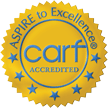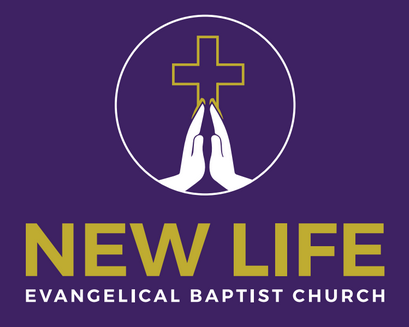“Street Smart Medicine”
(Sixth in a series of reports from the front line of the battle against heroin.)
Yesterday, I focused on how methadone clinics such as Turning Point benefit the community, in spite of the unfortunate and somewhat intractable problem that patient loitering presents. This week, I would like to explore a concept I call “Directed Care,” aka “Street Smart Medicine.”
Previously, I introduced the concept of “bad” patients and “bad” clinics. These are the patients who really have no interest in ceasing drug use. Bad clinics is a construct. They are the resources of each ordinary methadone clinic that are geared toward bad patients. Good patients require a specific amount and type of resources and practices, and bad patients require something very different.
But sometimes “bad” is actually good. First, many of our good patients started out as bad patients. By which I mean that they first came to the clinic with no intention whatsoever of even considering giving up drug use. Today, a third of our “new” patients are actually prior patients who have decided to give treatment another chance. In other words, they are becoming good patients. So, the more bad patients you admit, the more good patients you will end up with. This is surely good news for the community, not to mention the patients!
But there is more to the story. Methadone treatment costs Medicaid $80 per week per patient. Some people, who don’t want any money spent on drug addicts, think that is $80 too much. For the rest of us, those who actually live here on planet earth, we would probably all agree that $80 is cheap. Very cheap. It not only gives patients a chance at ceasing drug use, but reduces crime, avoids police/justice/incarceration costs, reduces domestic violence, and reduces emergency room visits and the associated costs. In other words, it pays for itself many times over.
But there is more, much more, that can be achieved in terms of saving taxpayer money. Although completion of a research project that is underway at Turning Point will require the installation of different leadership in the Maryland State House and at the Department of Health and Mental Hygiene, the data collected so far indicates that our patients needlessly waste $20 million each year in emergency room visits. It may well be more!
One might note that I just described above how methadone treatment reduces emergency room visits. If so, then how is there still $20 million in potential savings? The reason is because the ER visits that methadone treatment avoids (by reducing overdoses), which is well known by policy makers, is just the very tip of this iceberg. As one might easily imagine, lifelong, inner-city heroin addicts do not take their health (or most anything else) very seriously. They have every chronic disease imaginable, but are notoriously disinterested in reliably seeing their doctors and taking their medication. But, because most must come to the methadone clinic each day for medication, we have a magnificent opportunity to oversee (and force, if needed) compliance with their doctor’s orders. How? We make participation in the methadone program contingent on doing so: You want your methadone, then we will watch you take your blood pressure medicine, for example.
Turning Point is intending to build a primary care and urgent care facility on property recently acquired just across the street from its methadone clinic. This will make “Directed Care” as I call it relatively convenient for patients. But there are issues, of course. What if a patient tells us he or she has already taken, say, his or her blood pressure medicine that day? How do we know? One answer is that active methadone patients, unless and until demonstrated to be unnecessary, will be given such medication by Turning Point along with their methadone. There are other issues as well, such as how to get paid for the added cost of doing these things. This may require changes to Medicaid rules, but, given the vast savings that would be available to Medicaid, such should not be much of an issue. Well, let’s hope.
This truly is “Street Smart Medicine.” Who would have thought that heroin addicts in treatment (and even those not in treatment, because they are a vast potential opportunity) are an asset! Well, at least from the perspective of potential taxpayer savings. Of course, like most assets, they aren’t worth anything unless they are developed. So, I have made making Directed Care a reality, and a model for others, my highest priority. And, rather than begging the State of Maryland and City of Baltimore for money to help THEIR addicts, I’ll be asking simply to help me save them money.
Conclusion: Heroin addicts are kind of an asset to be developed, with dividends to be earned by the community and taxpayers. That might sound like a dehumanizing way to look at it, but it is time that drug treatment be designed and implemented for the benefit of the community and the taxpayer. For the most part, society has already done all it can for the addict.
Tomorrow, in my final Report, I will detail specific things policy makers, political leaders and legislators must do. Perhaps most important of all, they must change welfare rules.
Rev. Milton E. Williams
President, Turning Point Clinic
Sr. Pastor, New Life Evangelical Baptist Church



